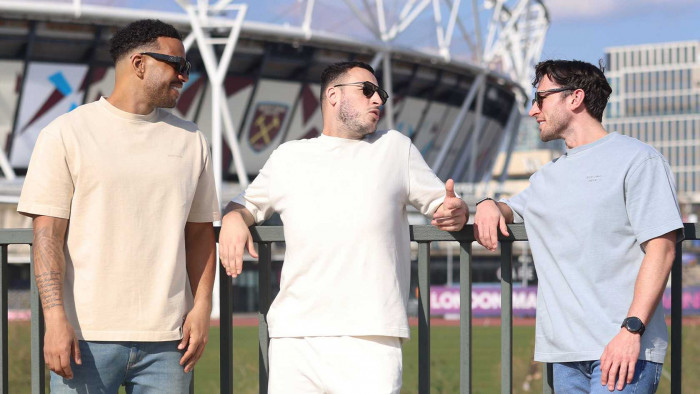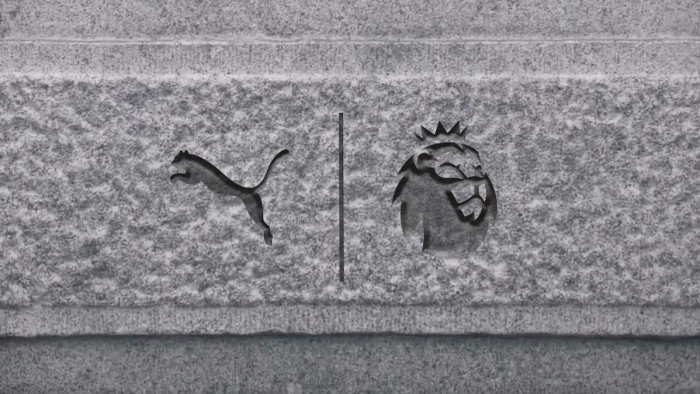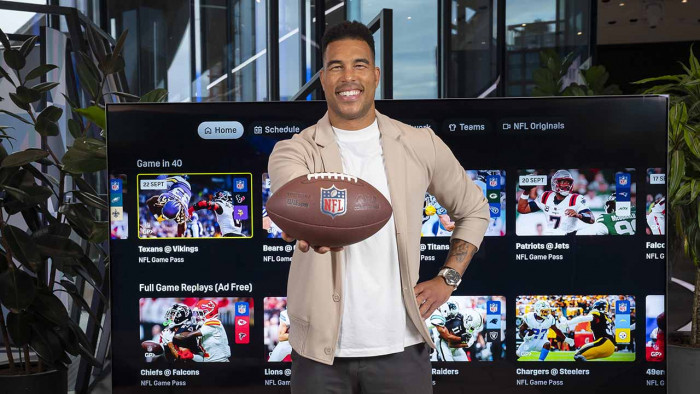Ahead of the Grand Depart, we show you how to emulate the superhuman rider types powering this year’s peloton...
Ever tried riding your bike at 30mph? Or slogging over three Alpine passes in a day? The riders of the Tour de France, currently whizzing across our own fair isles, do this every day for three weeks. We asked Steve Prentice of upmarket cycling magazine Rouleur to explain the characteristics that define each kind of Tour rider. And show you how you can risk a possible coronary trying to turn yourself into one…
The all-rounder
These riders do everything well; they are the main contenders for the yellow jersey, fighting it out with the climbers for the overall lead. There’s no let-up for the all-rounder, who has to stay on his toes throughout the event. He must handle himself on the flat stages, being careful not to get caught up in cross-winds and crashes. In the high mountains he is fighting to limit his losses against the climbers. And on the penultimate stage there’s a crucial time trial, which could be the difference between winning and losing the race.
Off the bike there’s no hiding place either, with the scrutiny of the cycling world bearing down on the leaders every day. The key requirement is to be able to ride strong and handle three weeks of intense pressure.
Best ever: Eddy Merckx (Belgium), who dominated the Tour in the late sixties/early Seventies, winning it five times, along with 34 stages – still the record today.
Watch out for: Chris Froome (GB) [above], the Kenyan-born Team Sky rider won the Tour last year and is the favourite this time.
Training tip: Former pro rider Dan Lloyd advises budding cyclists not to train as an all-rounder. “Having a resounding strength combined with weaknesses will normally give you a better career,” he reasons. “That said, there is significant general fitness value in all-round cycling training, rather than deliberately tailoring your training to a specialism. The advice is to build a training programme that encompasses all-round cycling to take a balance from each specialist discipline with training sessions for climbing and sprinting.”
The sprinter
Flat stages often finish in a bunch sprint, which favours the specialist sprinters. These racers have explosive speed over the final few hundred metres of the race, and will be eyeing the Cambridge-London stage as an opportunity for glory. You won’t see much of the sprinters during the stage, as they wait in the pack while their teammates wind up the pace in the final kilometers before slingshotting to the front just before the line. Besides collecting stage wins, sprinters are competing for the green jersey, which is based on points awarded at the end of every stage, including the uphill ones; Cannondale’s Peter Sagan (Slovakia) has won it for the past two years.
Best ever: Erik Zabel (Germany) [above], who won six consecutive Tour de France green jerseys and 12 stages between 1996 and 2001.
Watch out for: With Mark Cavendish bowing out with injury, attention falls on super-fast Marcel Kittel (Germany).
Training tips: “Speed, power, and aerodynamics can be trained using a combination of very high and low-speed sprints on the bike,” says Lloyd. “Begin from a standing start and then accelerate at maximum effort, in a gear of around 53x14 on a flat road, until you reach a cadence [pedalling rate] of more than 90rpm. For high-speed sprints, find a small descent with a long, wide, straight run-off. Use the hill to get up to 48kph, and, as you hit the flat, sprint all out in a similar gear for 10 seconds. Your cadence should be over 100rpm.”
The climber
Mountainous stages favour skinny riders with a high power-to-weight ratio, enabling them to ascend the mountains at incredible speeds. The tour has five categories of climb, ranking from an ‘easy’ four to an off-the-scale ‘hors category’.
It’s difficult to describe how tough an HC climb can be. On stage 18, the race will take in two HC climbs – including the fearsome Col du Tourmalet, which is the same gradient as Holm Moss (seven per cent) but more than three times longer at 17km. Climbers compete for the polka-dot jersey, based on aggregate points awarded at the top of every climb.
Best ever: Lucien Van Impe (Belgium) [above], who won six polka-dot jerseys between 1971 and ‘83, and the Tour itself in 1976.
Watch out for: Alberto Contador (Spain) flies up mountains and is the only current rider to have won the Tour de France, Tour of Italy and the Tour of Spain.
Training tip: “Climbing is almost all about sustained power to weight. Basically the power that you are able to sustain for the duration of the climb, divided by the weight of you, plus your bike, clothing, and everything that you’re carrying,” says Lloyd. “For the mountains, the duration is generally at least half an hour, making the old, traditional, two x 20 minutes at FTP (functional threshold power), or the power you can sustain for one hour.”
The time trialist
The time trial is raced alone against the clock, and is known as the race of truth as it’s an individual test of pure speed over a set distance. Time trialists are good at generating a sustained high power output over a short to medium distance. This year’s 51km time trial is the penultimate stage of the event, so if the gaps between the top riders are tight, there will be everything to ride for. The last time there was a 50km time trial in the Tour de France was in 2012 when Bradley Wiggins dominated.
Best ever: Jacques Anquetil (France), another five-time tour winner in the late Fifties and early Sixties. He dominated with his smooth pedalling style.
Watch out for: Tony Martin (Germany) [above], the three-time world time trial champion will focus on stage 20.
Training tip: “If you want to become better at time trialling, you need to establish an aero position on your bike. Use one of Chris Boardman’s techniques: over the course of a 90-minute ride, get in around 20 maximum efforts of 15s, with recovery between each. Once you’re comfortable at a high power in this position, you should have no problem staying solid for a much longer duration at FTP.”
The domestique
These are the unsung heroes of the Tour, the team workers who toil throughout the race in the service of others. They will burn up to 7,000 calories every day ensuring that their leaders want for nothing.
Duties include: shielding the team leader from wind, riding hard for hours on the front chasing breakaways, dropping back to collect water bottles, hammering up the first part of a mountain pass to ensure no one else can get past, and shepherding their leader up through the bunch. They may even be required to hand over their bikes, should their leader’s become unrideable after a mechanical failure or crash. Without them, the leader is nothing.
Best ever: Jens Voigt (Germany) [above], a 42-year-old who should be retired by now but is still racing at the top level. He’s completed 16 Tours.
Watch out for: Richie Porte (Australia) will support Sky teammate Chris Froome’s bid to do the double in 2014. Porte rode for Froome last year and still finished in the top 20.
Training tip: “Everyone wants to be a winner,” says Lloyd. “But not everybody can transfer their winning ways to the pro peloton, and many will be domestiques. They will have to spend a lot of time riding in the wind and this requires a lot of ‘tempo’ riding. On a four-hour ride, every hour, do a 20-minute block at SS [sweetspot, AKA 88-93 per cent of your FTP], and ride at endurance pace between. This not exactly complicated, but it will build your ‘engine’ and enable you to ride for a long time at a high tempo.”
The Tour de France special edition of Rouleur is available now; see rouleur.cc to subscribe. Dan Lloyd represents Le Coq Sportif; lecoqsportif.com/cycling
And, if you want more Tour action, attend the Hoxton Gin pop-up G&T bar at Le Coq Sportif's Covent Garden store from 5pm on Monday 7 July.
Latest
Related Reviews and Shortlists










